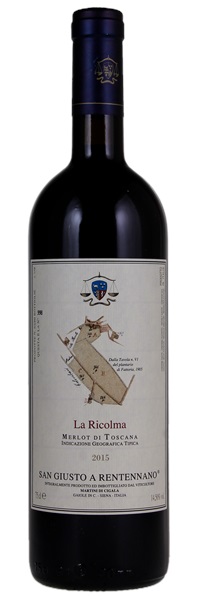Estimate

Powerful and ripe, with tons of backing structure... A rush of super-ripe dark red fruit, blood orange, mint, chalk, truffle and dried flowers builds into the huge, resonant finish.
There's so much beauty and intensity here... The bouquet bursts open with black fruit, spice and leather. The combined effect of the wine's extreme integration is so smooth and silky to the palate. That Merlot softness wraps over and caresses the senses with care and grace. This is a medium to full-weight wine, but ultimately, its texture is lighter and more streamlined...
This shows huge intensity on the nose with pressed violets, eucalyptus, cedar, tobacco and five-spice powder... Full-bodied with really fleshy plums, supported by honed-in tannins and driven acidity. Long, muscular yet elegant.
Powerful and saturated, with black cherry, plum, cedar, iron and wild herb aromas and flavors... The dense matrix of tannins flexes on the muscular finish, as the fruit, mineral and underbrush elements persist.